You are currently reading our archived blog.
While these older posts may not reflect our current vision and direction, we encourage you to visit our new website at wunderled.com to explore our latest, updated content. There, you'll find a wealth of valuable articles, resources, and insights that align with our current focus and over 60+ Free Play Invitations.
You might particularly be interested in reading this article: How to Create Highly Effective Invitations to Play: A Step-by-Step Guide
Thank you for joining us in this exciting new phase!
…………………………………………………
For a long time I struggled with understanding the place and power of provocations. A few years ago I had a huge ah-ha moment. I am in an inquiry. I am a researcher. With each provocation – new understandings emerge. I love that it is a process of learning for both myself and the children. We are in it together.
So what follows is my experience with provocation. Is it everything there is to know? I hope not!
Provocations are experiences I set-up in response to children’s interests and ideas. When I set up a provocation I am providing hands-on exploration for children to practice, test, construct and deconstruct their ideas and theories.
I set up a provocation and listen. I engage in the children's thinking. It is my thread to lead us onward.
A provocation will PROVOKE thinking! I have witnessed if children are not engaging in the provocation as a support to their ideas and concepts – I have to check with my own agenda or perspectives. Am I really honing in on their thinking or mine?
In the public school arena, where I incorporated Reggio Inspired practices – two distinct types of provocations arose:
- Child Interest Based Provocations – These provocations built upon and expanded student ideas, interests, and wonderings.
- Standards Based Provocations – These provocations built upon and expanded state mandated objectives and standards. The materials and tasks set out to achieve the standards and goals that are mandated.
Why Provocation?
One of the most interesting things to me as a researcher-teacher is understanding the learning process. We have all heard – – and know – – the importance of the child’s emotional connection and safety in the classroom as the foundation of the learning environment. I would be so bold to say a quality education equals quality relationships in the classroom.
It is inside this value system I have found the sleeping giant. If safety, trust, and respect provide the foundation – then the next level of support is being invested in children's interests and curiosities.
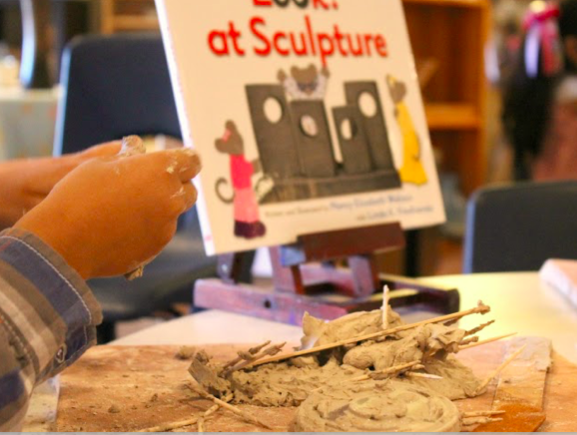 When we pay attention to the interests of children, children get serious about learning. When I listen keenly to a child or group of child negotiating an idea – something magical happens.
When we pay attention to the interests of children, children get serious about learning. When I listen keenly to a child or group of child negotiating an idea – something magical happens.
Think about it.
Children come into the world wired to make sense of life. When we pay attention to the things that children are interested in, learning becomes incredibly important. Deep inside the thinking of children – lies the fairy dust of education – – meaningful engagement!
Clearly– a curious mind is one that is primed for learning.
I know when I am interested – hold on! – I am highly invested! What defines my state of engaged learning is a high level of focus and attention.
Focus and attention are the keys to developing strong pathways in the brain. Powerful provocations give children opportunities to attend to the world of ideas and concepts with incredible focus and attention.
Provocations, then, can be support systems in response to children’s interests through meaningfully curated loose parts and materials.
- The magic lies in the fact these parts and materials curate new languages or ways of interacting with children's ideas or wonderings. I listen keenly to children to uncover the unique perspectives of what they see and think.
- A well-crafted provocation engineers play that is, in actuality, provoked by the children!
Provocations support the unfoldment of ideas and theories of the children. Not my ideas. Not my interests. The children's. And when I really invest myself in this process – new and expanded possibilities for children's exploration and inquiry arise. And this . . . is teaching fairy dust!
Want to learn more about Provocations? Click here to download our eBook, Provocations: A Start Up Guide. In it you will learn what is a provocation, what is an invitation and the breakdown of 13 provocations!
I would love to hear your ideas and experience with provocations. Please share in the comments!

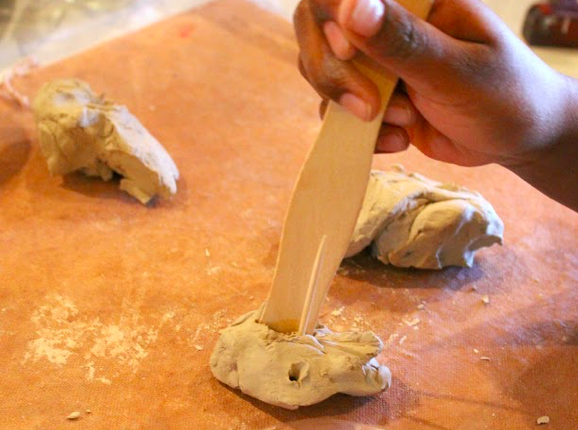
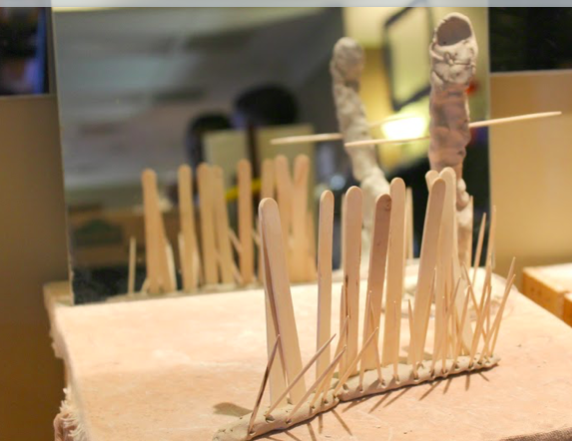
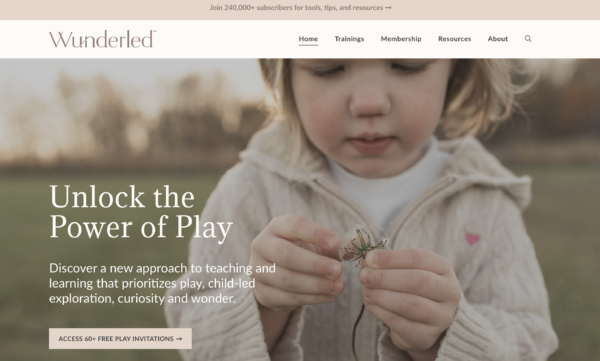

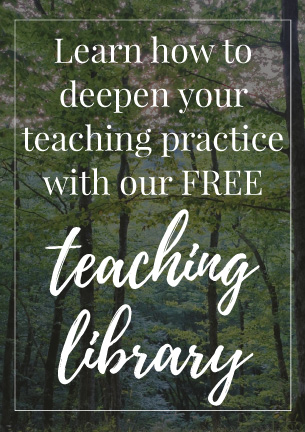
Hi Sally,
I am wondering what the difference is between an Invitaion and a Provocation? I must explain this to a group of ECEs this week. By the way I loved your Reggio Bootcamp. Thanks for this and everything else.
Great question! I think the words give us the best definitions for me personally. An invitation is a literally a invite, a call to partake. Whereas a provocation is provoking new curiosities, wonderings, ideas. . .
In my book ‘Emergent Curriculum in Early Childhood Settings’ I wrote about this difference, after giving it plenty of thought. An invitation is just that – we can choose to participate or not. Interesting materials set up in play spaces can be completely ignored if that’s what the child chooses. A provocation is more of a challenge for the child; one that provokes further thinking on whatever it was they were doing. It is a challenge that, according to Dr Carol Anne Wien, ‘cannot be ignored.’ We may put it out there in the play environment, but also mention it, such as ‘I noticed yesterday that you….and I wonder if…..’ It still comes down to the child’s choice, of course, of whether to play with these materials or not.
I have center time for 90 minutes with three and four year olds. I feel as though I need to switch out provocations daily to keep their interest in it. Suggestions?
My suggestion is not to change them out but to find out how they are interacting with the materials and build on their knowledge.
What is the difference between loose parts play and tinker trays
Would also like to touch on tinker trays. Are these just loose part trays with a theme? I use tinker trays in my classroom but they usually have an intention, a general theme suck as rockets or faces. Does these tinker trays fall into the loose parts category?
Hi Amy,
Yes! Tinker trays are just that – Loose Parts! But chosen by teacher or student and put out in a tray to do what children do with Loose Parts – PLAY!
Just like putting provocations out, you can have a common thread with items you put out or not!
I always find my idea or intention of what they’ll do with the materials chosen are not what the children end of doing most of the time! Lol
I have 9 boys 3-4 whose interest change daily. Any suggestions?
That can definitely be tricky but I always say to follow after the verbs of what their doing instead of just topic. There’s an overarching theme that needs to be fluid to allow for changes. So take notice if they’re transporting things, building tall, telling stories, etc. build off that and come up with several different experiences/provocations during the week to go deeper. You will see a trend of where they’re taking they’re play deeper. Common explorations I’ve seen with boys tend to start from ramps, building homes, things that roll, etc! Keep us updated! And keep on doing what you’re doing!
“Follow after the verbs of what they’re doing instead of just topic” THIS. So simple but so helpful. Thanks!
Yes! Verbs are movement, topics are just nouns, Tara! Such a difference and a simple way to remember!
Hi Sally- How long do you leave out an invitation before deciding on a provocation? One day? A week? Thanks!
Could be both! Invitation is thought more to spark a fire where a provocation is meant to fan the flame. So it depends on what your intent is. But the fact you’re even thinking about that and asking that question shows you are truly listening to your children and building off interests!
I am a Librarian, would love to provide information literacy to my readers and teachers. Need more information on the same to advocate our school community.Thank you.
I have a daycare and we are Reggio Emilia and Maria Montesory inspired. I constantly search for activities and I just loved your blog, and your and all the information you’ve provided.
So I am new to this approach. I taught special education for 3 years and I am so used to using prompts to guide learning. How do they stay focused on the provocation? How do you keep the provocation from just being free play?
Hi Danielle! Thanks for writing in! When I set out a provocation I only had one. This allowed me to ask questions that deepened their thinking and how they interacted with the materials. These questions, as well as a keen eye while observing their developmental stages, led me to how I would add to the provocation throughout the week. I’m including my free Provocations EBOOK that I think will greatly help in your journey of provocations and invitations for children!
https://fairydustteaching.com/provocationsebook
Also, if you haven’t heard about our wonder tribe I’m including a link for you to read about it and think this may be something you would like to join! It’s a tribe of educators around the world and you get exclusive access to all my courses, special guest speakers, investigation packs, live zoom meetings, and so much more!
fairydustteaching.com/jointhewondertribe
Big hugs!
Hi Sally, I’m super new to this and a mom of a 2 year old. How do you start doing invitation/provocation with a 2 year old? My kiddo loves stars, wheels, throwing anything and everything and toothbrushes (very random lol). Thanks!
Hello
We are very new at the whole invitation and provocation. How can I get the educators to come out of the box of just asking the typical questions. How can I support thought provoking questioning that is not to far fetched from pulling out the children’s knowledge or thinking. I find that they ask questions that are just too simple or way too complex where they loose the interest of the children.
I have found that I can work standards into any provocation. Am I setting them up wrong, or do you set yours up differently?
Hi, wondering if there is a “best practice” for how frequently new provocations should be used?
Hello! I am still trying to figure out the correct process for developing an initial provocation. I understand the first step is to let the children create theories,so right after they develop their theories, I can start providing more scientific explanations in their provocations?
I am an advocate of finding what works for you and your path. I am not a “one size fits all” kind of educator. That said, I think the thing I would caution you with is to wait for the child’s interest for the more scientific explanations. Bringing the “right” answers can dampen the curiosity and wonder of exploring and discovering one’s own ideas. In early childhood, having the right explanations is not so important. What I see as important is the development of the curious mind, the development of one’s own theories and thoughts about a topic.